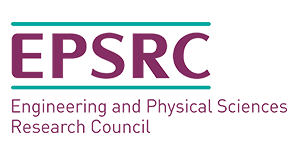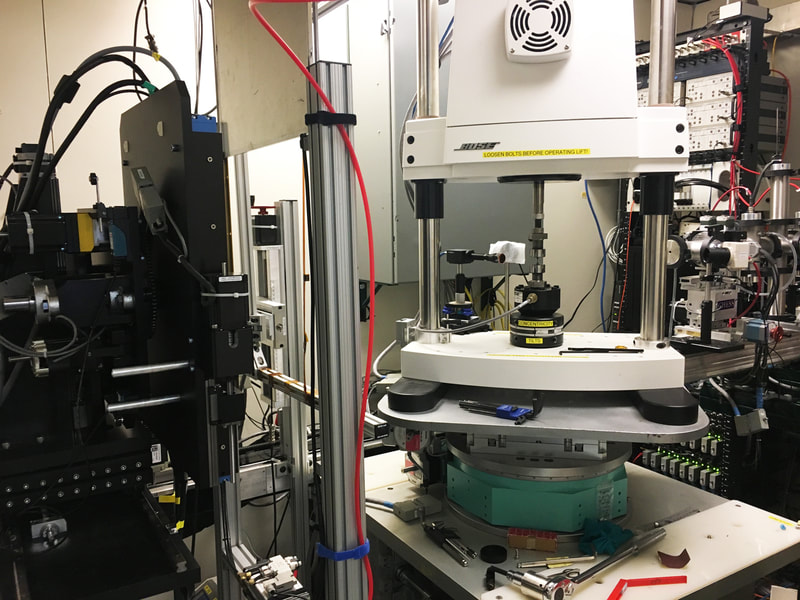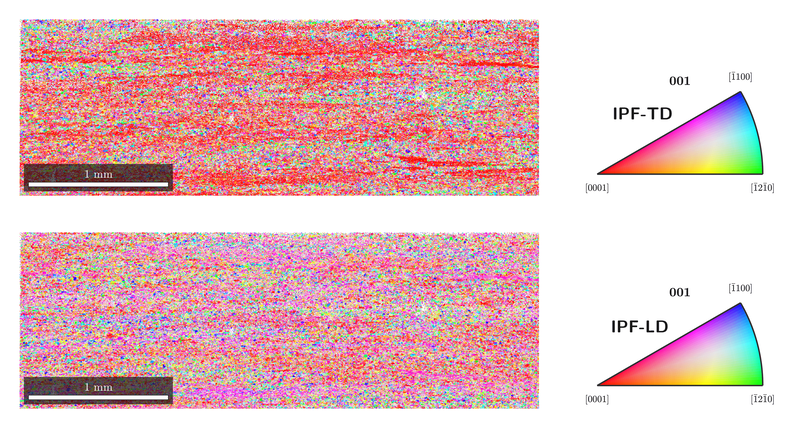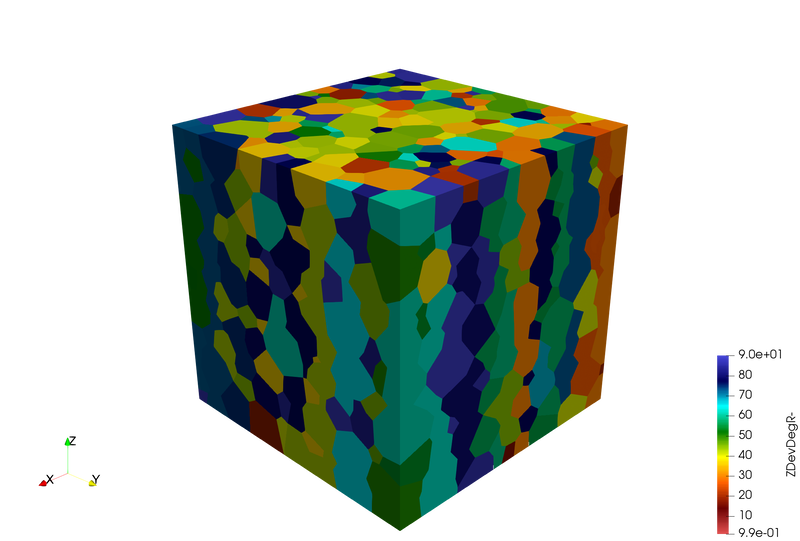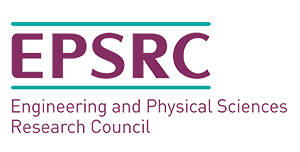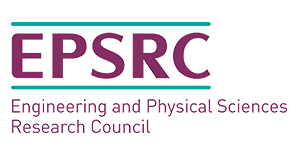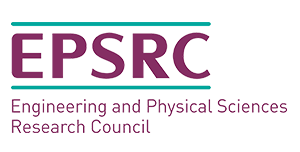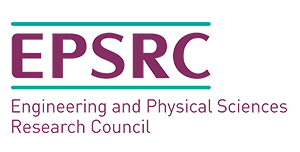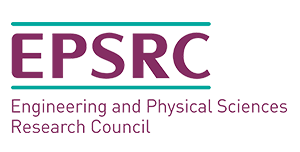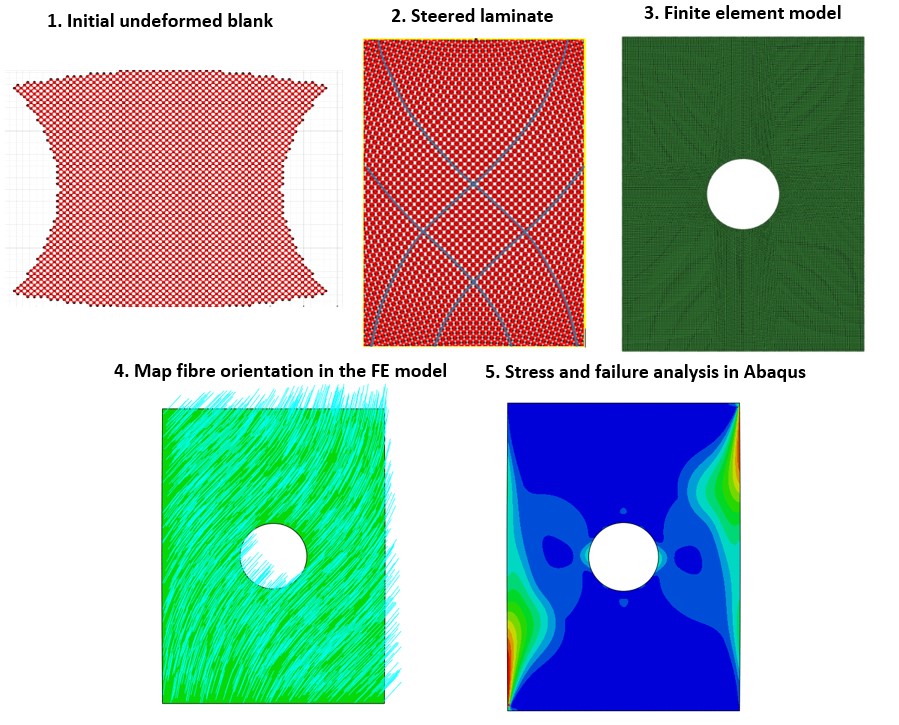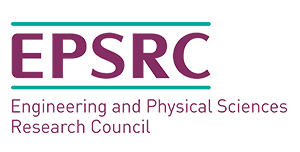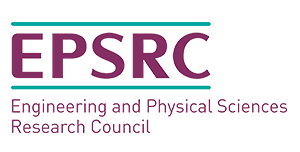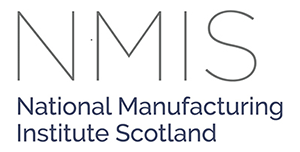MATERIALS CHARACTERISATION
- Simulating the Deformation and Fracture of Titanium Alloys
- Fundamental Research into the Deformation of Low Aluminium Titanium Alloys
- An investigation into the effects of cross rolling Ti-6Al-4V on the fatigue behaviour under high stress concentrations
- Characterising and optimising the role of fine alpha laths in dual-phase titanium alloys
Simulating the Deformation and Fracture of Titanium Alloys (Completed)
This project explored the room temperature deformation of titanium alloys with the aim of developing software tools capable of predicting deformation and failure. The project also explored yield and failure in titanium alloys using in situ micro-mechanical testing and advanced microscopy techniques. Data generated from these experiments was used to inform advanced crystal scale finite element simulations that capture deformation and failure at the microscopic scale. Differences between the simulations and experiments were investigated to enable further refinement of the predictive capability.
Fundamental Research into the Deformation of Low Aluminium Titanium Alloys
The project aims to explore room temperature deformation of Ti407, using Ti64 as a datum. The project will explore yield and failure surfaces via uniaxial mechanical testing, 3 point bend testing and bulge testing. The propensity for cracks to propagate in given orientations relating to crystallographic texture and microstructural morphology will also be explored. The pre and post-deformation microstructural and crystallographic state will be characterised using scanning electron microscopy techniques, such as backscatter electron imaging and electron backscatter diffraction, with the results used to link failure mechanisms to specific microstructural and crystallographic features. Whilst the bulk of the test programme will be conducted under quasi-static conditions, it is envisaged that cross correlation with cylinder impact and drop tower tests may also be conducted.
An investigation into the effects of cross rolling Ti-6Al-4V on the fatigue behaviour under high stress concentrations
The project focuses on the effects of microstructure and ‘texture’ on the fatigue properties of Ti-6Al-4V parts, which is currently a challenge for the aerospace industry. It has been reported that cross-rolling has led to reduction in mechanical properties when compared to as-machined microstructures resulting from forging. The issue is most prominent at high stress concentration areas, but further work is required to understand the exact effect on crack initiation and fatigue life. The project's second key aim is to develop a computational model that is able to capture the difference in behaviour at the microscopical level. In very specialised areas, commercial packages often fail to capture material behaviour to the level and detail required to analyse phenomena like the one described above. Previous experience and work on cold-dwell fatigue has shown that tools such as crystal plasticity can be used to model complex microstructural effects effectively and this project will explore the potential for such tools to be used in this investigation.
Characterising and optimising the role of fine alpha laths in dual-phase titanium alloys
Due to the high-performance requirements of the aerospace industry, relatively small improvements to the mechanical properties of titanium alloys can lead to significant gains in overall performance. Recent trials have suggested that fine alpha laths found in the transformed beta of dual-phase titanium alloys can significantly improve an alloys strength, without reducing ductility. The main objective of this project is to understand the role of these fine alpha laths on the mechanical properties of dual-phase titanium alloys and optimise alloy chemistry to maximise their benefits
COMPUTATIONAL MECHANICS
Computational modelling of rotary friction welding of advanced aerospace materials
The primary objective of the research project is to develop a robust computational model to simulate rotary friction welding (RFW) of aerospace materials. RFW is an advanced solid-state joining process used by Rolls-Royce to weld jet engine components made from sophisticated nickel-based superalloys. Nickel-based superalloys are aerospace materials that exhibit exceptional mechanical properties and corrosion resistance at the very high operating temperatures found in jet-engines. The model will be solved approximately using the finite element method and will account for the complex and coupled physical processes that characterise RFW.
EXPERIMENTAL MECHANICS
An experimental investigation of high strain rate deformation of a nickel superalloy
This project will provide the underpinning knowledge required to develop and optimise advanced manufacturing processes applied to complex nickel superalloys. It utilises metallographic, experimental and simulation techniques to understand the key microstructural, thermal and mechanical conditions and interactions associated with macro-liquation and void formation during thermo-mechanical deformation of nickel superalloys at high temperature and high strain rate.
TRIBOLOGY
Optimised Bonded Interfaces Utilising Nano and Micro-Structured Surfaces
This project aims to examine the potential for nano and micro-structured interlocking interfaces to enhance adhesive joint performance (namely strength, toughness, repeatability etc.). The work involves fabrication of the surfaces, mechanical testing and computational modelling. This is an interdisciplinary collaboration with the Biomedical Interfaces at Glasgow (BIG) Group.
Frictional Behaviour of Nano and Micro-Structured Interfaces
The friction of standard random rough interfaces is generally difficult to predict or tailor and is usually unrepeatable. This project will investigate the frictional response of nano and micro-structured dry frictional interfaces. The work aims to determine the potential of nano and micro-scale structuring to produce interfaces with tailored, repeatable and optimised frictional properties. The work involves fabrication of the surfaces, tribological testing and modelling. This is an interdisciplinary collaboration with the Biomedical Interfaces at Glasgow (BIG) Group.
Optimising Triboelectric Generator Performance
Research on triboelectric generators is at an early stage with the first major paper on the topic being published in 2012. Triboelectric generators use the triboelectric effect (rubbing of two surfaces to produce static charge) to generate electricity. Potentially, they can be used at a small scale to harness energy from common movements that exist all around us: i.e. human motion, wind, waves, machine vibrations etc. This project aims to improve our fundamental understanding of the triboelectric effect and use this to optimise performance through novel material selection, surface design, device structure and mode of operation. This work is an interdisciplinary collaboration with the Bendable Electronics and Sensing Technologies (BEST) Group at Glasgow.
COMPOSITES
2D Forming of Steered-Fibre Laminates
The aim of this project is to implement and demonstrate a novel and disruptive manufacture process that can produce low-cost high-quality steered-fibre laminates, without use of expensive, capital intensive automated fibre placement machines (the current solution). The new process is best described as 2-D forming; in order to support this novel manufacture process, a custom-designed suite of computer aided design a manufacture software (SteerFab) has been in development. Computational tools for digital manufacturing are essential if 2-D forming is to be successfully achieved without inducing severe wrinkling and buckling of the deforming biaxial sheet. Reducing cost will effectively bring fibre-steering technology to a broader range of applications, increasing its economic impact and bringing new manufacturing capabilities to a wider industrial base, with the UK leading the way in this important area of manufacturing.
Tribology in Composites Forming
There is an urgent need for accurate predictive composite forming models, for example, in the automotive industry. Friction plays a critical role in the forming of composite components and there is also a need to control and reduce friction in forming. Many-layered parts can be difficult to form due to frictional resistance, and in other cases, friction can lead to undesirable results such as wrinkling. This project is concerned with understanding the fundamental physics and role of friction in forming, developing better forming models via improved frictional understanding and controlling and reducing friction during forming via application of novel solutions.
Mechanical Modelling of Advanced Composites
The aim of the project will be to map fibre directional information from multi-layered complex forming simulations to structural simulations in order to predict both stiffness and strength. An important end goal will to predict the effects of defects and inherent material variability on final structural properties.
Investigation of Thermoplastic Composite Forming Processes for Automotive and Industrial Structures Production
The objective of this project is to optimize the sheet thermoforming process of thermoplastic composite sheets into complicated shapes to improve the automotive and engineering structures. Further, an essential task of this project includes the prediction of defects such as wrinkles, tearing, and fibre waviness and their influence on the final mechanical properties. Therefore, the crux of the project is to develop an accurate and robust modelling tool to predict the influence of processing conditions on the final mechanical properties of thermo-formed parts. Besides, the project will also help better understand crystallisation processes from thermoplastic melt and its relationship to strain fields within a forming three-dimensional part, thus enabling better process control. This project is a collaboration between the University of Glasgow and the University of Edinburgh, together with industrial partner Johns Manville and the PhD funded via a scholarship from the National Manufacturing Institute for Scotland (NMIS).
ADDITIVE MANUFACTURING
Projects in this category will be added soon.









